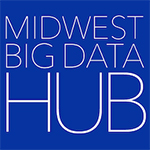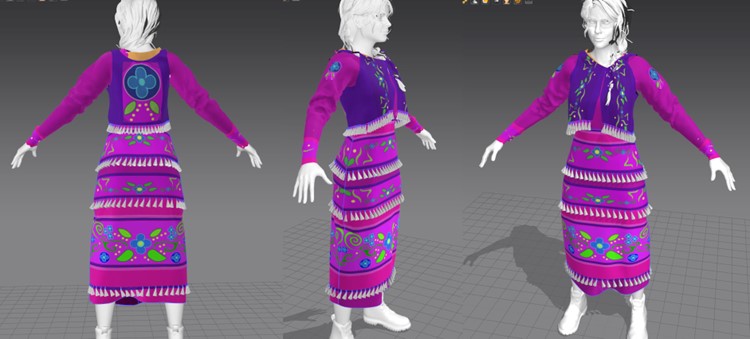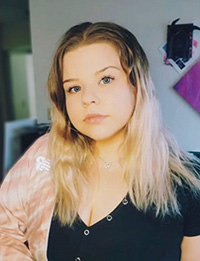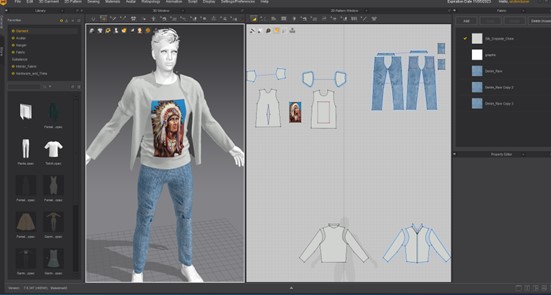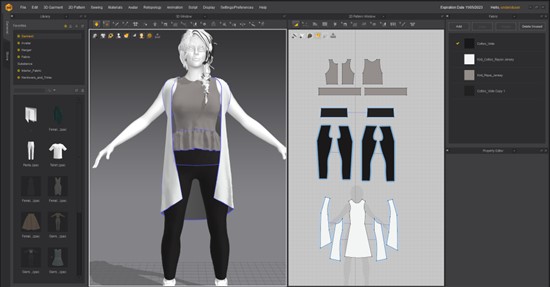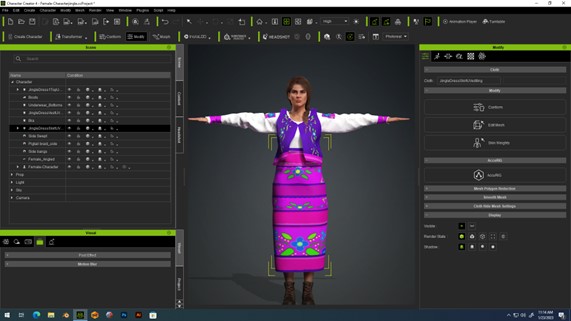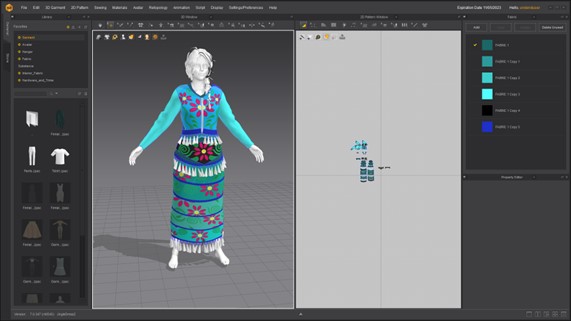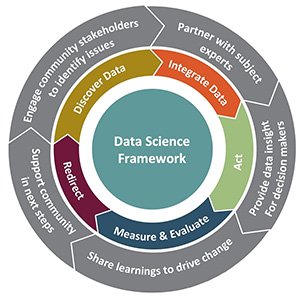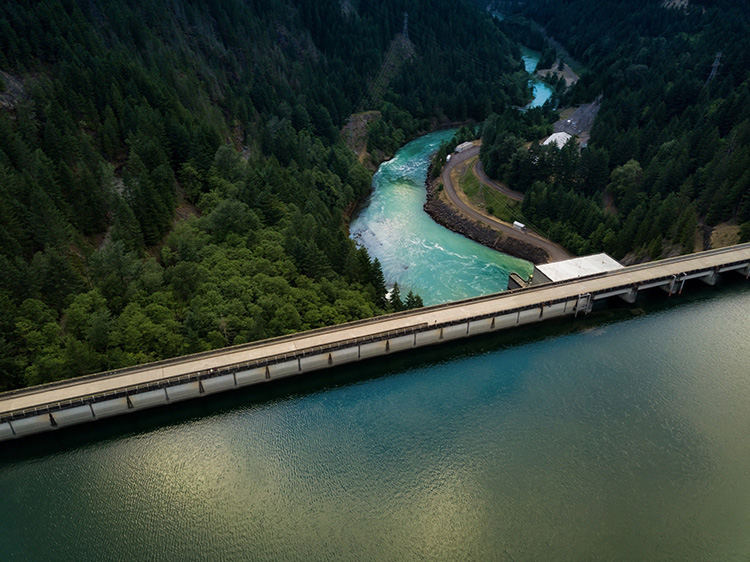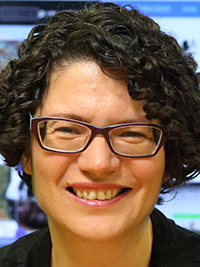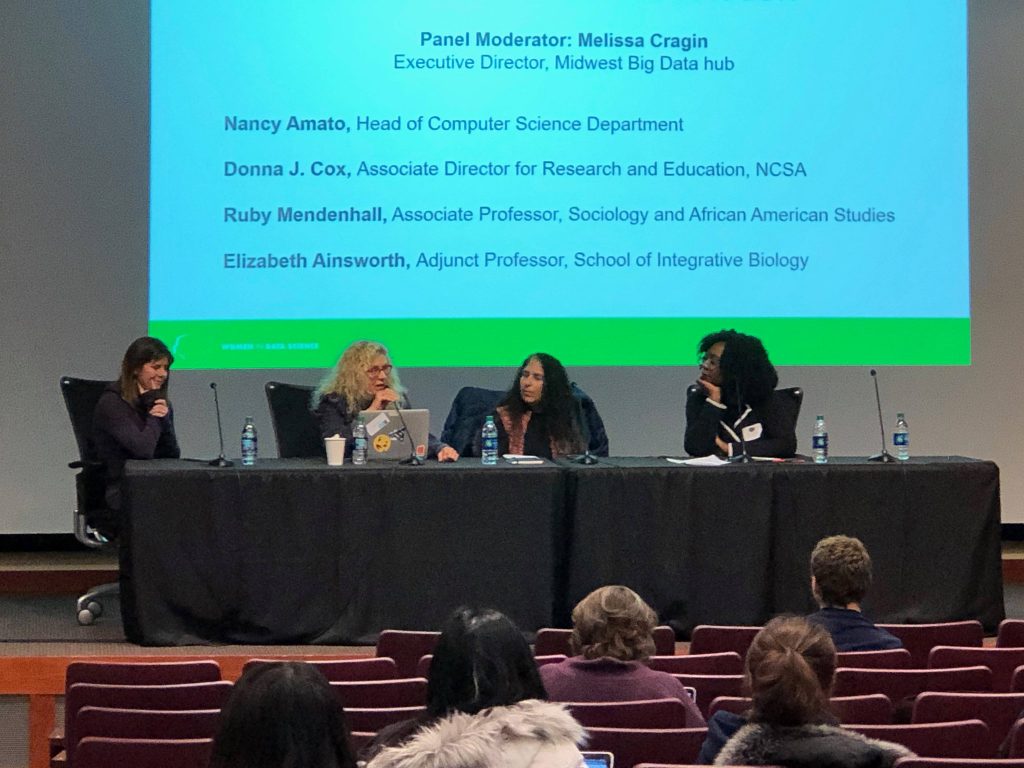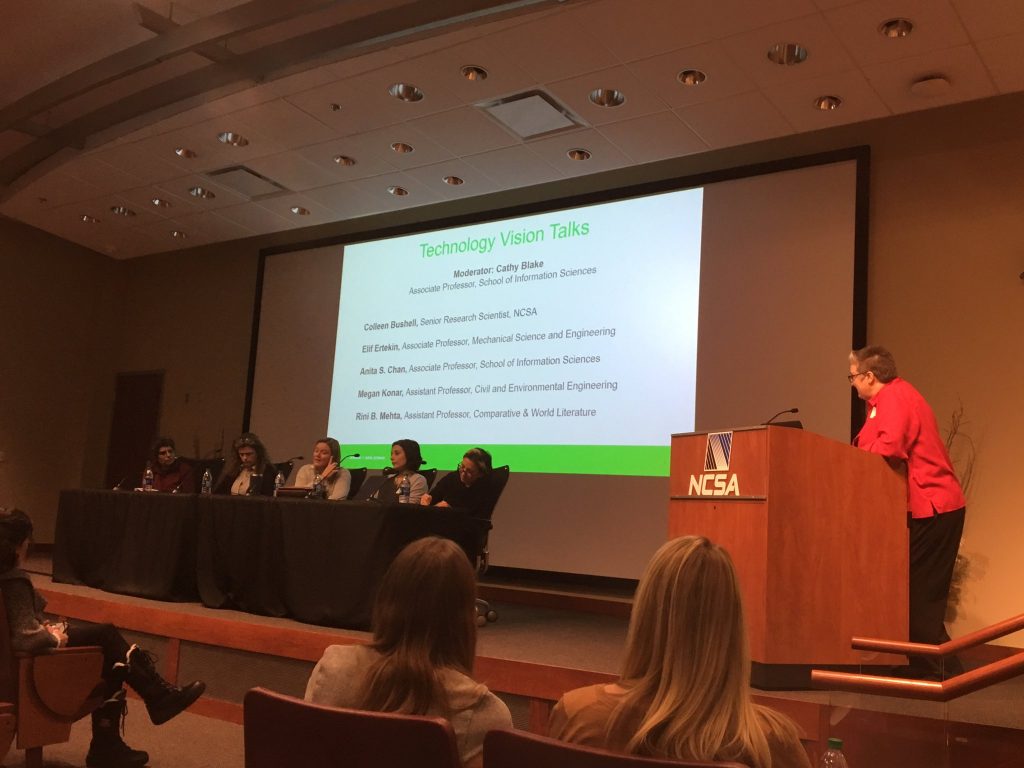We all love the tranquility of our water bodies, but there’s a silent threat lurking beneath the surface. Nitrogen pollution! Nitrogen pollution is also called the hidden troublemaker of our water system. It’s not something we can see, but it’s a big problem for our precious water resources. Nitrogen pollution comes from natural processes and things we do, such as farming and industry. It comes in forms like ammonia, nitrate, and nitrite. While nitrogen is important for life, having too much of it in our water is a problem. One of the major drawbacks is the promotion of accelerated growth of algae and other aquatic vegetation. This excessive growth, fueled by the abundance of nitrogen, can result in harmful algal blooms that have detrimental effects on aquatic ecosystems. These blooms not only alter the balance of the ecosystem but also pose threats to the living organisms within it. What makes it worse is that it hits vulnerable communities the hardest. These are often people who already face challenges, and they rely on this contaminated water. That means more health problems, harm to the environment, and financial troubles. This, in turn, leads to more health problems, harm to the environment, and financial troubles for these communities. Nitrogen pollution becomes not just a hidden troublemaker but a pressing issue with far-reaching consequences.
It is said that recognizing a hidden threat is often the first vital step in dealing with it. The U.S. National Science Foundation (NSF) is taking a significant stride in addressing major global challenges such as climate, sustainability, food, energy, pollution, and the economy. According to Douglas Maughan, the head of the NSF Convergence Accelerator program, this initiative involves a range of approaches, including human-centered design, user discovery, team science, prototyping, storytelling, and pitch preparation.
The Convergence Accelerator program is focused on themed tracks. The Networked Blue Economy track is one of the most mature tracks, with a substantial $30 million investment to advance six research teams from Phase 1 to Phase 2, made in September 2022. This underscores the importance of the blue economy in addressing pressing ocean-related challenges, including plastic waste and coastal erosion.
About BlueGAP
One standout Phase 2 awardee is the Blue-Green Action Platform (BlueGAP) project, led by the University of South Florida. In a groundbreaking initiative to address nitrogen pollution and its impact on communities from the upper Mississippi River to the Florida Gulf, the BlueGAP project leveraged the innovative power of mixed-media art to communicate the environmental challenges. The project enlisted the expertise of graduate students from arts and humanities programs, empowering them to explore various storytelling avenues around nitrogen pollution. With creative freedom and access to stakeholders in Iowa watersheds, the resulting artwork seamlessly integrated with data and narratives on nitrogen pollution. As a Professor of English at the University of Iowa, Eric Gidal led a team of graduate students in creating a unique art exhibit in Iowa. This exhibit, called “Fluid Impressions,” combined sculptures, art books, and digital formats to tell stories about nitrogen pollution and inspire action. The intended audience included Iowans actively involved in water-quality issues, University of Iowa faculty and students, and curious members of the general public.
“I think the exhibit succeeded in calling attention to the problem of nitrogen pollution,” Gidal said, “connecting people to an evolving network of resources, and showcasing some very innovative work from talented young artists, writers, and scholars. I would also say that it successfully demonstrates the many benefits of truly cross-disciplinary projects, in this case connecting hydrology and engineering with ceramics, choreography, book arts, journalism, literary studies, and creative nonfiction to produce a meaningful engagement with the wider community.”
At the heart of the BlueGAP project lies a unique and powerful approach that has sparked a noteworthy reaction from communities—a fusion of storytelling and data-driven insights. Unlike traditional initiatives that either emphasize storytelling or focus solely on data dissemination, BlueGAP ambitiously intertwines narratives from communities grappling with daily challenges of nitrogen pollution with rigorous and relevant watershed impact data. What sets BlueGAP apart is its commitment to not only raise awareness through storytelling and provide data to the public but to catalyze tangible actions, particularly in the realms of policymaking and decision-making. The project stands out as a beacon of innovation, recognizing that the convergence of narratives and data can be a catalyst for positive change.
“One of the most unique things about this project is the way storytelling, focused on the first-hand experiences of communities confronted with nitrogen pollution on a daily basis, really lies at the heart of what BlueGAP is all about,” said Rebecca Zarger, a professor in the Department of Anthropology at the University of South Florida, and a co-principal investigator on the BlueGAP project. “Our purpose is to connect those with stories to tell with one another and with the most rigorous and relevant data possible about watershed impacts from nutrients. There are projects that emphasize storytelling and those that focus on bringing data to the public, but fewer organizations are leveraging the power of simultaneously connecting stories and data to action, in the form of policymaking and decision-making.”
BlueGAP brings together a diverse group of academic, nongovernmental, quasi-governmental, and community organizations to raise awareness about the nitrogen pollution crisis and its impacts. This initiative connects community organizations across watersheds, addressing economic and health challenges caused by nitrogen pollution. BlueGAP partners with frontline community organizations to explore various funding sources to ensure initiatives aimed at improving water quality and ecosystem health have the necessary resources.
BlueGAP’s core model focuses on local experiences and knowledge, highlighting the costs and benefits of actions at specific leverage points in nitrogen management. The overarching vision of BlueGAP is to accelerate the convergence of best practices for nitrogen management and, by extension, stimulate the Blue and Green Economies. This initiative focuses on four key objectives:
- 1. Advanced Human-Centered Design: BlueGAP places human-centered design at the forefront of its approach because solutions to pollution are most effective when designed with people in mind.
- 2. Storytelling and Science: By weaving storytelling with cutting-edge scientific evidence, BlueGAP identifies pivotal points for action, ensuring that facts resonate with the public.
- 3. Inclusive Educational Materials: Education is the cornerstone of change. BlueGAP is committed to creating inclusive educational materials that impact nitrogen management and engage communities.
- 4. Establish a Sustainability Plan: To ensure the longevity of its mission, BlueGAP lays the groundwork for a sustainability plan that will see its efforts continue well into the future.
So, BlueGAP is not just another environmental initiative; it is a dynamic, community-driven movement. It leverages the power of collaboration, communication, and innovation to tackle the pressing issue of nitrogen pollution. BlueGAP’s mission reflects on NSF’s commitment to supporting initiatives that demonstrate intellectual merit and broader impacts, recognizing that the health of our watersheds is vital for a sustainable and thriving future. With BlueGAP leading the way, the path to a cleaner, healthier, and more sustainable Blue Economy has become clearer.
BlueGAP Co-Principal Investigator Maya Burke says that in propelling the BlueGAP Academy forward, one standout stakeholder has played a pivotal role—Hillary Van Dyke, Director of Opportunity and Access at Impact Florida. Her impact reverberates through the Tampa Bay region, where she has been a driving force in introducing Black communities to the wonders of wild places. Her multifaceted contributions showcase the power of individual dedication and community engagement in advancing the goals of BlueGAP, aligning with the project’s commitment to inclusivity, environmental awareness, and positive change.
Through collaboration with community leaders in Iowa, Tampa Bay, and St. Croix, the project has learned that stories play a pivotal role in building trust and motivating collective action. By producing high-quality videos with American Sign Language (ASL) translation, BlueGAP aims to share diverse perspectives connected to nitrogen pollution. These stories, coupled with accessible water quality data, serve as compelling tools to engage and mobilize communities.
Role of Data
The project is actively building a qualitative database, intertwining personal narratives with water-quality metrics, to create a dynamic platform that not only informs but inspires meaningful action toward improved nitrogen management within and across watersheds. In essence, BlueGAP’s commitment to the simultaneous integration of storytelling and data-driven approaches marks a transformative shift in environmental initiatives, demonstrating the potential for a more comprehensive and impactful engagement with communities. With a strong focus on the Networked Blue Economy, this program is diving into areas such as water, agriculture, and community well-being. Let’s break it down!
Water: This program is all about improving how we monitor and manage water resources. That means cleaner water, better resource allocation, and sustainable practices—a win for everyone.
Agriculture: The Convergence Accelerator program brings experts together to create data-driven solutions for agriculture. Weather patterns, soil conditions, and crop performance all help farmers make smarter decisions. Think higher productivity, less waste, and greener practices!
Community: In our neighborhoods, data and information matter, especially for healthcare, education, and our overall quality of life. This means healthier living, improved education, and easier access to community services.
So, what’s the connection between data systems and these critical areas? Well, it’s all about making things work together. Maya Trotz, Principal Investigator of BlueGAP, says that storytelling has been a key way to bring together these technical threads in ways that build local community engagement.
“Empowering communities to take actions on any issue requires a certain level of trust and willingness to work towards a common goal—for BlueGAP, that is improving how we manage nitrogen within and across watersheds,” said Trotz. “Working with community leaders in Iowa, Tampa Bay, and St. Croix, we quickly learned that stories were critical for building trust. When coupled with accessible water-quality data, those stories could really motivate others to take action. So, we are producing high-quality videos with ASL translation to tell stories of people who are connected to nitrogen pollution from many different angles. We are building a qualitative database with these stories and connecting that to our water-quality data.”
By bringing these elements into sync, the Convergence Accelerator program aims to create positive changes, not just for the Networked Blue Economy but for anyone who relies on clean water. The program’s approach is all about connecting the dots and using data to drive solutions in these vital sectors. That’s not just a win; it’s a win-win for everyone involved. Also, bridging the gap between scientific knowledge and public engagement is the impactful documentary film, “Harm in the Water,” led by Tiara Moore, CEO of Black in Marine Science. It serves as a powerful tool for BlueGAP, translating technical information into an accessible format. This film emerges as a beacon, engaging citizens and making complex data more understandable.
BlueGAP and MBDH
“Water quality is a key topic of concern to our communities in the Midwest and Great Lakes regions,” said John MacMullen, Executive Director of the Midwest Big Data Innovation Hub, who is also a member of BlueGAP’s Advisory Board. “It impacts human and animal health across the spectrum from rural to urban populations, and we know that water crosses state boundaries, leading to impacts elsewhere, such as the Florida Gulf Coast. We think BlueGAP’s innovative storytelling approach is a great way to raise public awareness of water-quality challenges and how they impact local communities.”
The shared interests between the BlueGAP and MBDH communities provide opportunities for future collaboration, both in storytelling and other programmatic activities, such as the Water Data Forum, a cross-sector venue for sharing best practices and new innovations in water data. The next session of that webinar series will be in April 2024, and will be focused on data and AI for contaminant remediation.
Conclusion
BlueGAP stands at the forefront of environmental initiatives, unraveling the complexities of nitrogen pollution through a remarkable fusion of storytelling and data-driven insights. This project exemplifies a commitment to tackling global challenges innovatively. The project’s holistic model, encompassing local experiences, human-centered design, and inclusive educational materials, positions it as a community-driven movement making tangible strides. As BlueGAP continues to address nitrogen pollution, it not only enhances water-quality understanding but also empowers communities, exemplifying the potential of convergence in shaping a sustainable and thriving future for our watersheds.
Get Involved
Contact the Midwest Big Data Innovation Hub if you’re aware of other people or projects we should profile here, or to participate in any of our community-led Priority Areas. The MBDH has a variety of ways to get involved with our community and activities, including our cross-sector Water Data Forum webinar series.
The Midwest Big Data Innovation Hub is an NSF-funded partnership of the University of Illinois at Urbana-Champaign, Indiana University, Iowa State University, the University of Michigan, the University of Minnesota, and the University of North Dakota, and is focused on developing collaborations in the 12-state Midwest region. Learn more about the national NSF Big Data Hubs community.
